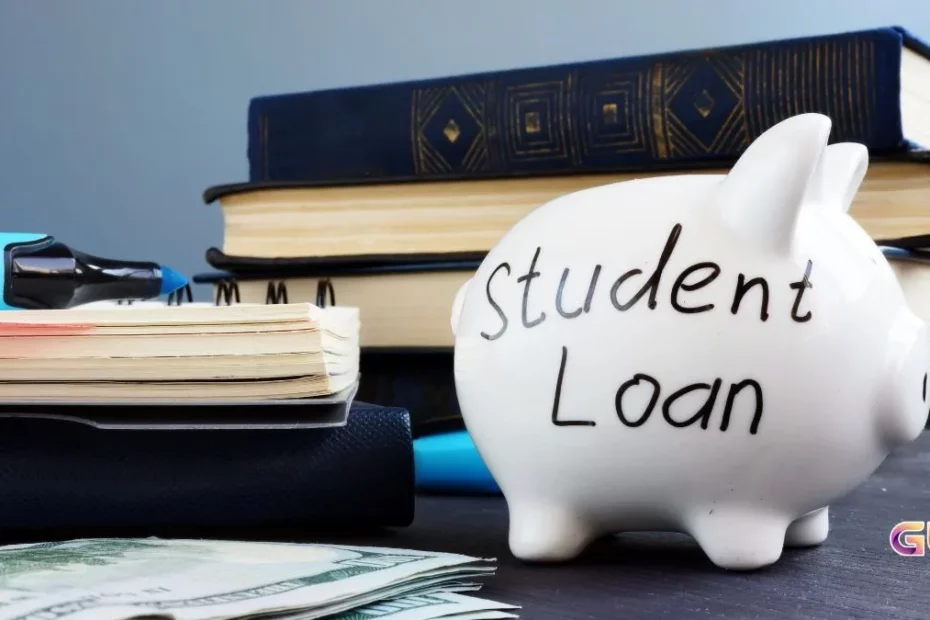The future of student loan forgiveness in the U.S. is entering uncertain territory as the Trump administration signals a shift in federal loan relief policies, including proposed changes to the Public Service Loan Forgiveness (PSLF) program and income-driven repayment (IDR) plans.
President Trump recently signed an executive order aimed at limiting forgiveness under the PSLF, a program that currently offers full federal loan cancellation after 10 years of qualifying payments for public service workers.
The order seeks to exclude organizations engaged in what the administration describes as “activities harmful to American interests,” including groups involved in immigration advocacy, diversity and inclusion programs, or gender-affirming care for transgender youth.
Trump called the PSLF program “wasteful” and claimed it incentivizes debt accumulation and misuses taxpayer funds. The new order could disqualify numerous nonprofits and public sector employers from PSLF eligibility, raising concerns among borrower advocacy groups who warn the language is vague and could be weaponized to block forgiveness for political reasons.
What Else Is Changing Under the Trump Student Loan Plan?
The Trump administration’s broader approach to student loan forgiveness reflects a market-driven philosophy, emphasizing personal responsibility and reduced government intervention. According to June 2025 updates, here’s what borrowers can expect:
- No broad cancellation like in the Biden era
- A streamlined IDR plan that caps monthly payments at 12.5% of income, with forgiveness after 15 years
- End of subsidized loans for low-income borrowers
- Tighter oversight of loan servicers and stricter standards for forgiveness under Borrower Defense to Repayment claims
- Possible rollback of Biden’s SAVE plan and other borrower-friendly IDR programs
What Does This Mean for Borrowers?
The policy changes, if fully implemented, could have a major impact on public sector workers, nonprofit employees, teachers, and low-income borrowers who rely on PSLF or IDR plans to manage their debt.
So far, over 1 million borrowers have received forgiveness under PSLF, most due to expanded access and relaxed rules under the Biden administration. But under the Trump plan, forgiveness could be limited based on the borrower’s employer or the type of services offered—marking a dramatic shift in how federal student aid is managed.
Meanwhile, collections on defaulted loans have resumed as of May 5, 2025, following a years-long pandemic-era pause. Borrowers are encouraged to reassess their repayment strategies and explore available options, including IDR, Teacher Loan Forgiveness, TPD discharge, and military or AmeriCorps benefits.
As the Trump administration pursues stricter eligibility standards and attempts to redefine the purpose of student loan forgiveness, millions of borrowers could face reduced access to relief programs. While the PSLF program remains active, its future—and that of other federal forgiveness efforts—now depends on how far the administration goes with these reforms.
Borrowers should stay informed through official Department of Education updates, regularly recertify income for IDR plans, and seek guidance from loan servicers or legal aid to navigate the evolving lands
